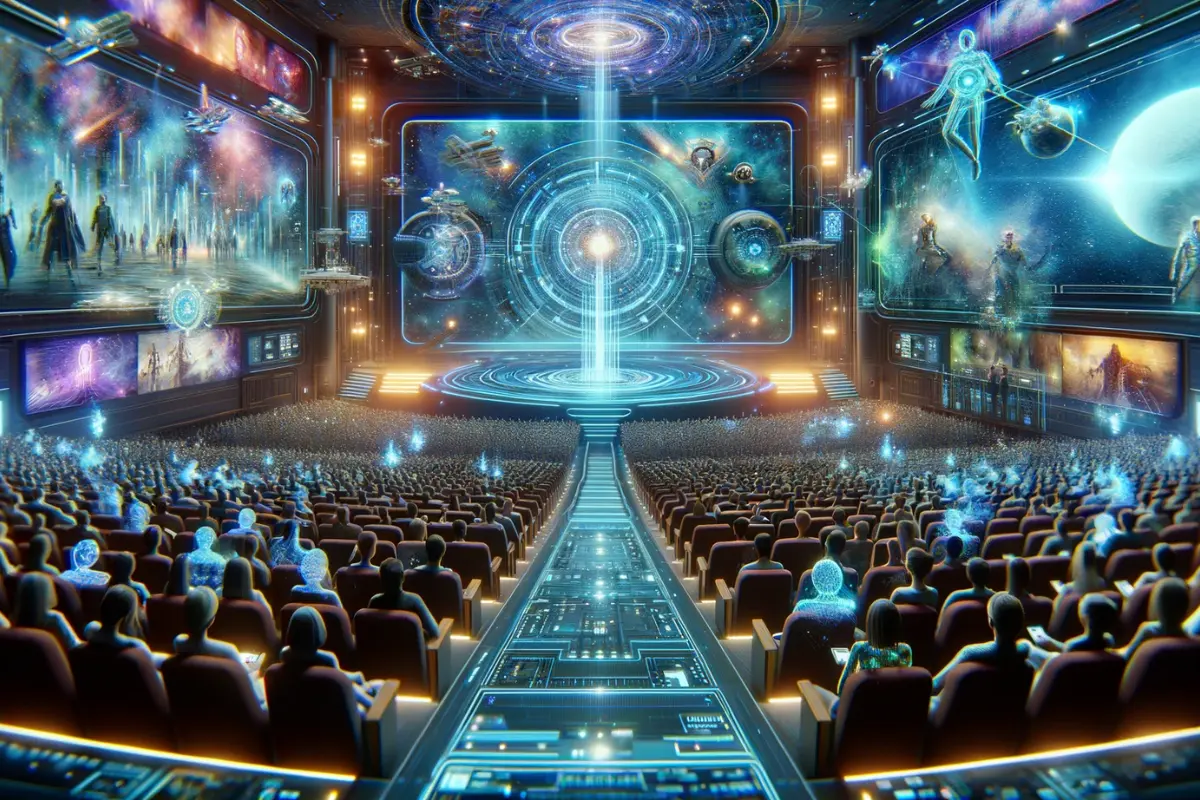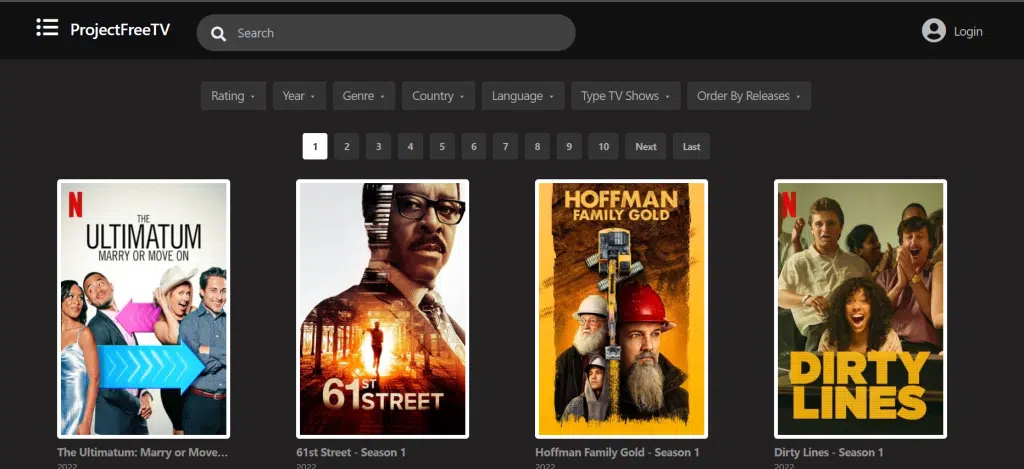Welcome to an in-depth exploration of the burgeoning phenomenon within the metaverse — virtual movie theaters. Throughout this extensive guide, I will dissect the intricacies of this technological intersection, offering insights into the immersive experiences afforded, the enhanced accessibility, and the inclusivity implications.
However, I will also diligently unravel the drawbacks associated with virtual movie theaters in the metaverse. Join me as we navigate the nuanced landscape, providing you with a comprehensive understanding of the advantages and hurdles of this innovative integration of cinema and virtual reality.
The Immersive Experience
One standout feature contributing to this heightened sense of presence is the meticulous attention to detail in the virtual environment. From the intricate design of theaters to the seamless integration of visual and auditory elements, every aspect is tailored to create an environment that transcends the physical world’s limitations. Imagine the crisp sound of rain in an Asian Disney movie echoing through the virtual theater, every drop resonating with an authenticity that captivates the senses.
Moreover, the immersive experience is enriched by dynamic elements that respond to user interactions. Avatars representing moviegoers can engage in various activities, fostering a shared presence even in the digital realm. The capability to interact with the environment and the visual and auditory fidelity sets movie theaters apart from their brick-and-mortar counterparts.
In essence, the immersive experience in movie theaters opens up a realm of possibilities beyond the passive act of watching a film. It transforms the cinematic journey into a captivating adventure, where the boundaries between the audience and the on-screen narrative blur. That creates an unprecedented level of engagement that resonates with viewers.
Accessibility and Inclusivity
The virtual realm’s democratization of cinematic experiences ensures that enthusiasts can seamlessly partake in global events regardless of location. This newfound accessibility doesn’t merely transcend geographical constraints; it also champions inclusivity. Virtual theaters leverage customizable features such as subtitles and audio descriptions, catering to diverse audiences with varying abilities. This commitment to inclusivity ensures that the cinematic magic extends beyond the traditional confines, embracing a global audience with a spectrum of backgrounds and needs.
By dismantling barriers and prioritizing inclusivity, movie theaters in the metaverse become entertainment hubs and platforms that enrich the cinematic experience for a diverse global audience. The attention to detail in accommodating different abilities amplifies the impact. It’s making the virtual realm a welcoming space where the allure of any cinematic masterpiece is accessible to all.
Social Interaction and Community Building
Virtual movie theaters within the metaverse transcend the traditional cinematic experience by actively facilitating social interaction and community building. Unlike the relative isolation of physical theaters, these digital spaces encourage users to engage in real-time conversations and connections. Avatars representing moviegoers enhance the shared experience and open up opportunities for spontaneous discussions, creating a vibrant digital agora for film enthusiasts.
The metaverse’s theaters incorporate features that amplify community building. Real-time chat functionalities enable users to communicate during screenings, fostering a sense of camaraderie. Additionally, curated events such as virtual Q&A sessions and themed screenings contribute to a shared interest and connection among the moviegoer community. The result is a dynamic, interactive space where the love for cinema transforms into a collective experience, redefining the social dynamics of film appreciation in the digital era.
Monetization and Business Opportunities
Businesses can leverage virtual theaters for strategic partnerships and sponsorships, seamlessly integrating their brands into the cinematic experience. Product placements, themed event sponsorship, and exclusive brand tie-ins become innovative ways for businesses to connect with audiences. This collaborative relationship not only reshapes the economic dynamics of the film industry but also lays the foundation for a more diversified and inclusive entertainment landscape.
In essence, the monetization and business opportunities of virtual movie theaters signal a departure from traditional models. That guides the sector in a new era where creators and businesses thrive in the metaverse. The convergence of technology and entertainment transforms how films are consumed and paves the way for a more economically dynamic and innovative future for the film industry.
Drawbacks and Challenges
The key concern is the potential for isolation, as the setting may inadvertently dilute the communal experience inherent in traditional cinemas, altering the essence of shared enjoyment during a film.
Besides, technical limitations pose significant challenges, encompassing potential bandwidth issues impacting streaming quality and hardware requirements for an optimal virtual reality experience. The accessibility barrier arises, as not all users may possess the necessary equipment, contributing to a potential digital divide that limits widespread adoption. Additionally, the risk of technical glitches disrupting the immersive experience underscores the need for a robust infrastructure to ensure the seamless functioning of theaters.
The impact on the traditional cinema experience is a multi-faceted consideration. The rise of such theaters could alter audience behavior, with some gravitating towards the convenience of the metaverse over physical theaters. This shift may prompt a reevaluation of the in-person cinematic experience, challenging established norms and necessitating adaptations within the traditional film industry to align with evolving viewer preferences.
Conclusion
Virtual movie theaters within the metaverse unveil a realm of possibilities and challenges, reshaping the very fabric of cinematic engagement. The immersive experiences, global accessibility, and innovative monetization avenues redefine how we perceive and consume films. However, as we embrace these advancements, we must confront pitfalls such as isolation and technical limitations.
Finding a balance between technological innovation and the cherished social essence of cinema remains a central issue. This dynamic evolution in film consumption prompts us to reevaluate traditional norms and adapt to the transformative potential of virtual entertainment.



